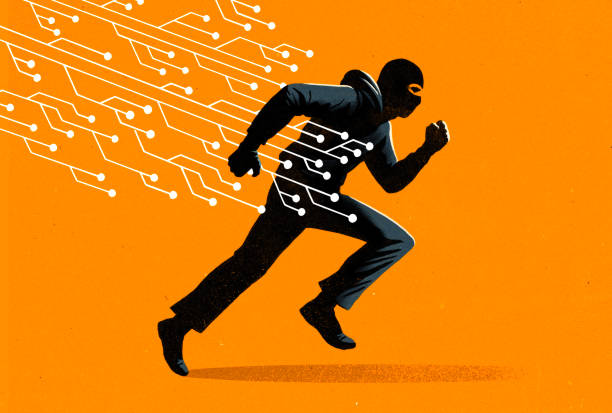The rise of artificial intelligence (AI) in the creative industries has sparked intense debate. AI-generated art, powered by machine learning algorithms trained on vast datasets, has raised fundamental questions about authorship, ownership, and ethics.

While some see AI as a revolutionary tool for artistic innovation, others argue that it amounts to digital plagiarism, exploiting human creativity without consent. This article explores both sides of the ethical dilemma surrounding AI-generated art.
AI as a tool for innovation
Supporters of AI-generated art view it as a groundbreaking tool that expands creative possibilities. Just as digital software transformed traditional art forms, AI offers new ways to generate ideas, automate tedious processes, and assist artists in pushing creative boundaries. For many, AI is not a replacement for human creativity but an instrument that enhances artistic expression.
Artists and designers already use AI to create unique visual effects, generate concept art, and experiment with new aesthetics. In the music industry, AI assists with composition and sound design, while in writing, it helps with idea generation and drafting. These applications highlight AI’s potential as a collaborative partner rather than a competitor.
The problem of unauthorised data usage
Despite its potential, AI-generated art raises serious ethical concerns—especially regarding the datasets used to train these models. Many AI systems are trained on vast collections of publicly available images, music, and text, often without the creators’ permission. This has led to accusations of theft, as artists argue that their work is being scraped, repurposed, and monetised without compensation.
Unlike human artists, who develop unique styles through learning and experience, AI models mimic existing works, sometimes producing images that closely resemble the originals. This raises the question: is AI simply an advanced tool, or is it replicating and profiting from human creativity without consent?
Copyright and ownership challenges
Another significant issue is the question of ownership. If an AI model generates a piece of art, who owns the rights to it? The person who prompted the AI? The developers who trained the model? Or does no one own it at all? Legal frameworks have yet to catch up with this emerging technology, leaving a grey area that complicates commercial use and intellectual property rights.
Additionally, traditional copyright law protects original human-created works but does not account for AI-generated content. This has led to legal battles, with artists demanding recognition and fair compensation when their work is used to train AI models.
The future of AI and ethical AI development
To address these ethical concerns, some argue that AI development must be more transparent and regulated. Solutions could include:
- Opt-in or opt-out mechanisms for artists who do not want their work used in AI training
- Fair compensation models where AI companies pay artists whose work contributes to datasets
- Clearer copyright laws that define ownership of AI-generated works
At the same time, responsible AI use could foster new creative opportunities. Artists who embrace AI as a collaborative tool rather than a replacement could harness its potential while maintaining ethical integrity.
AI-generated art sits at the crossroads of innovation and ethical controversy. While it offers exciting new possibilities, its reliance on existing creative works raises concerns about consent, ownership, and fair compensation.
As AI technology continues to evolve, the challenge lies in finding a balance that respects human creativity while embracing technological progress. The future of AI in art will depend on how the industry navigates these ethical dilemmas and whether it can foster innovation without exploitation.



